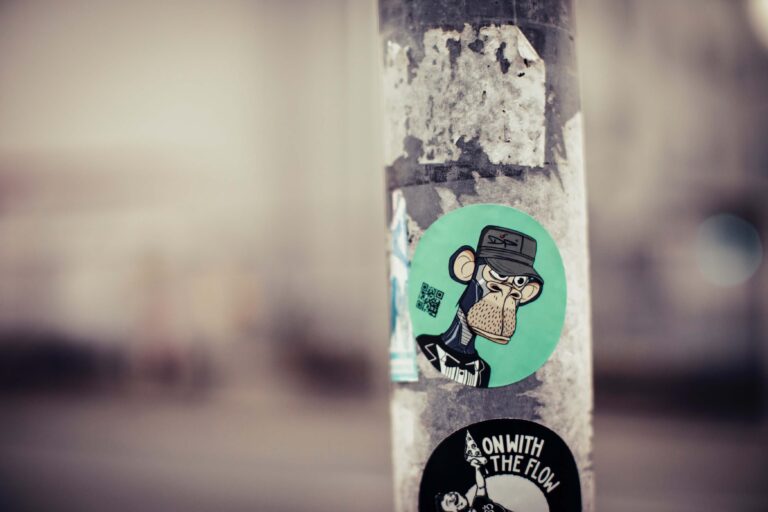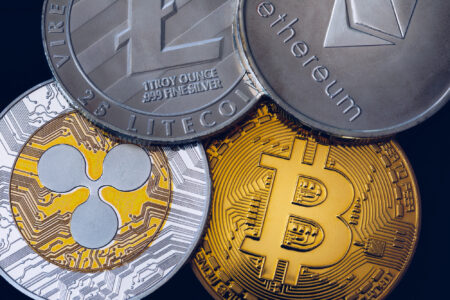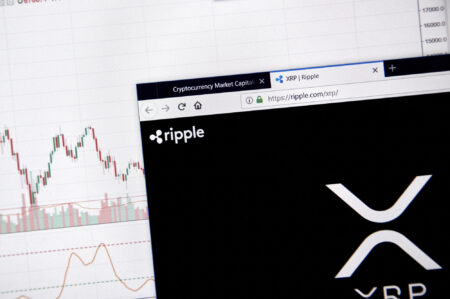NFTs hit the headlines this September for apparently having lost 95% of their overall value. The quoted report claims that the vast majority of NFT holders (some 23 million individuals) now possess worthless collections. This downturn follows an initial hype that attracted artists, celebrities, and investors to the NFT trend.
Just like cryptocurrencies, non-fungible tokens (NFTs) had experienced an impressive uptrend after 2020, which was followed by a sharp downturn during the following two years. And similarly, NFTs have been declared "dead" by different groups before. Especially in recent weeks, traditional publications such as Forbes based their coverage on a report by a review site for crypto gambling platforms - dappGambl - that called 95% of all NFTs "worthless". A closer look at the current state of the market reveals a stabilizing consolidation period in both prices and users though.
Using accurate NFT data sets
Instead of relying just on dappGambl's numbers, we'll compare the numbers with the most recent report by NFT consultancy firm NFT18. The "October 2023 Monthly Report" includes a much larger sample size of projects, comparing a total of 2.5 million collections on multiple blockchains versus 73 thousand by dappGambl. 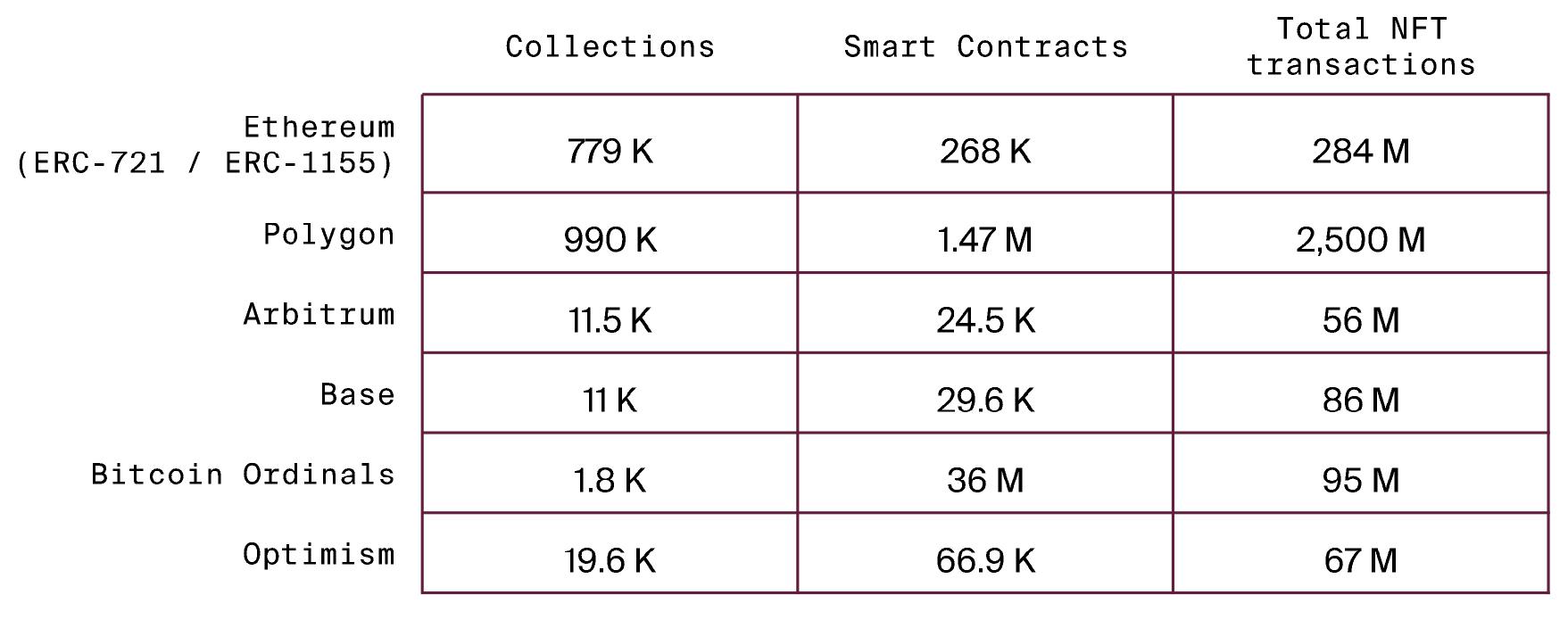
NFT collections, smart contracts and NFT transactions by blockchain / Source: NFT18 October 2023 Monthly Report
The report specifically tracked activity on Ethereum, Polygon, Arbitrum, Optimism, Base and Bitcoin Ordinals. The vibrant NFT markets of Solana and Tezos were not included. Of the 2.5 million identified collections, a decent amount can be attributed to test runs, abandoned projects or spam. The 95% figure could only be accurate if all of these collections were taken into consideration as well. The authors instead filtered spam and categorized the collections into sectors.
More unique wallets entering the space
Despite a historically low monthly trading volume of $339 million and a 20% drop in the median trading price, more traders are entering the market. The number of active wallets icnreased by 15% compared to the previous month and is currently sitting at 213'000. In line with this, the number of trades has also increased slightly. Overall, the market is showing signs of stabilization after a period of significant downturn. And 35% of all NFT collections are still showing activity.
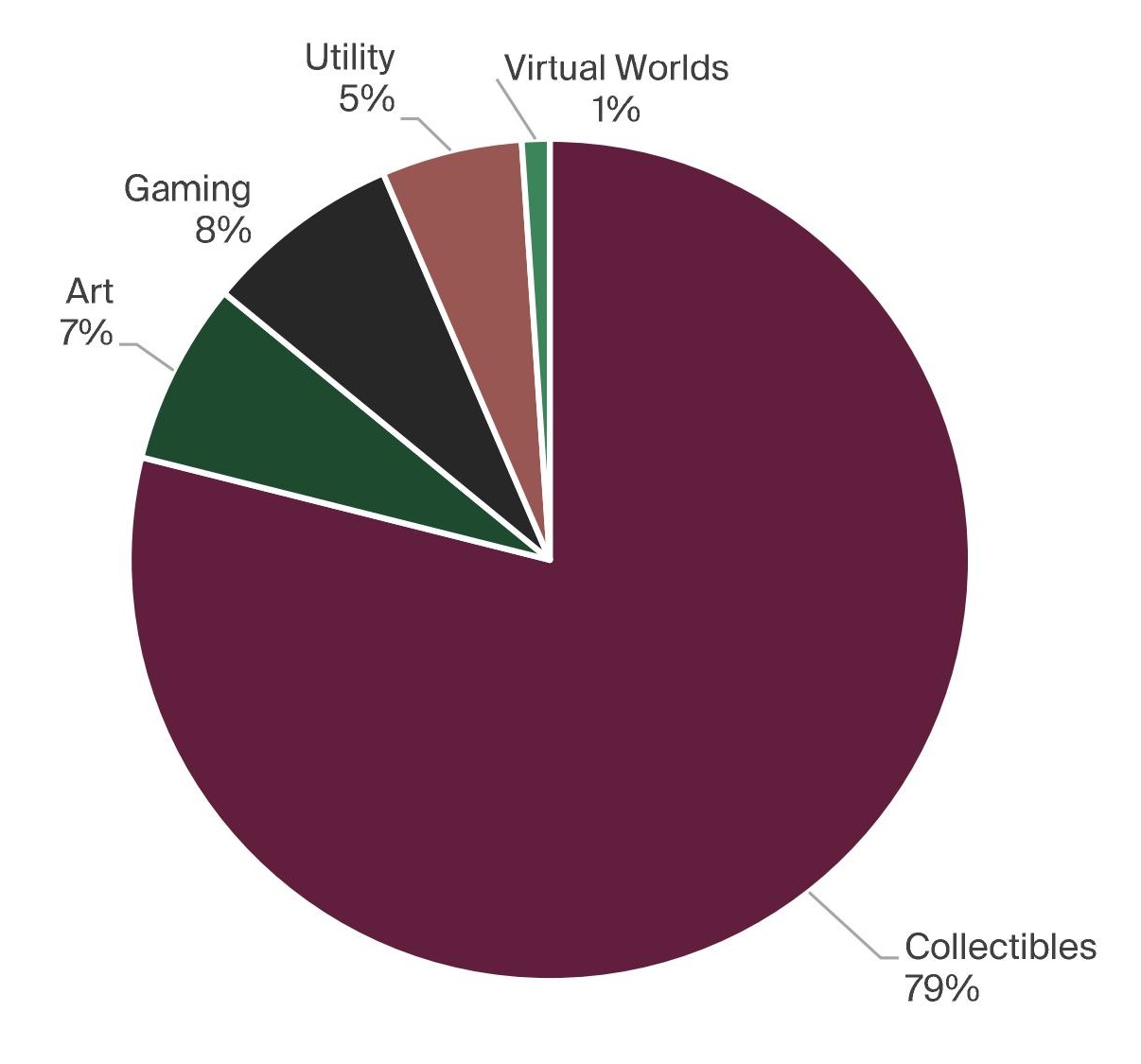
Collectibles continue to represent the lion's share of these volumes, accounting for the largest amount of USD traded and the most active wallets. NFTs in this area include the well-known Bored Ape Yacht Club, Pudgy Penguins, Doodles and others. Art ranks second in terms of active wallets and trading volume. But while the trading volume of art (7%) is far below that of collectibles (79%), the number of active wallets is inching closer (23% vs. 45%). This suggests that collectibles traders are primarily speculating on the value of their NFTs, while art and gaming are shifting their focus to other aspects of the technology.
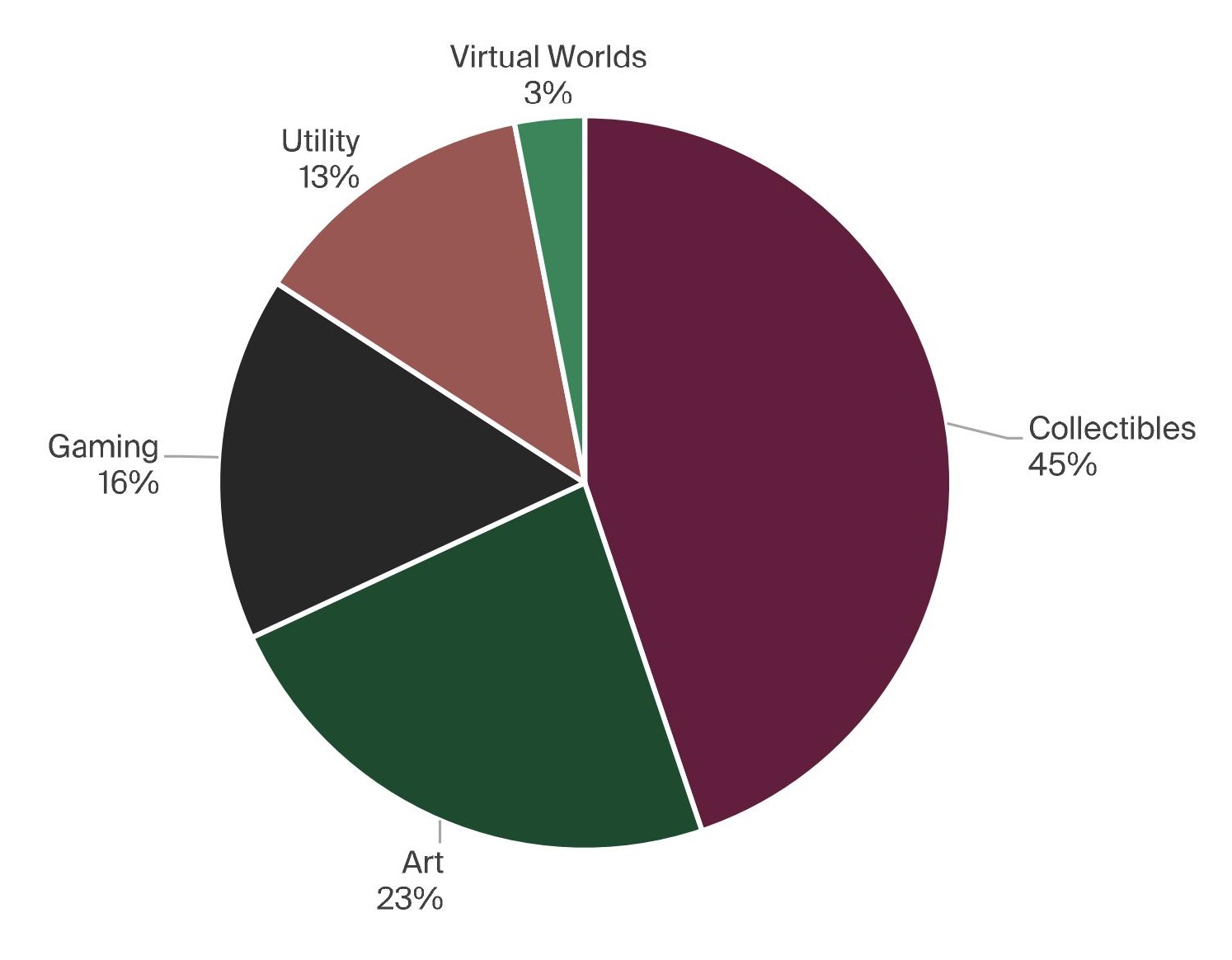
Blur in a dominating lead thanks to wash trading
Of the six blockchains compared (Ethereum, Polygon, Arbitrum, Base, Optimism), almost all the trading volume happened on Ethereum (99%). Sources which include more networks suggest that Bitcoin Ordinals volumes are comparable to Ethereum NFTs, while Solana makes up roughly 8.5% of the NFT market. As for the most active marketplaces, Blur generates the highest amount of trading volume ($213m), followed by OpenSea ($84.8m), but with a much lower number of accounts (27.5k active wallets) than on the competitor site (192.5k).

It is important to note that wash trading skews the numbers in Blur's favour. The marketplace is incentivizing traders with different interactions that are rewarded with an airdrop of the BLUR token. These include making and accepting offers or even not listing NFTs on the rival site OpenSea. Still, this has made Blur the most liquid exchange for NFTs and given it a comfortable lead against the old market leader.
Corporations stay interested in NFTs
Corporates continue to show interest in NFTs, as seen in an alliance between Mastercard, MoonPay and the Museum of Modern Art (MoMA) collaborating on digital postcards. The renowned French company Michelin also successfully dropped the "Michelin 3xplorer Club". Even though the total collection size and mint price were reduced by half prior to launch, the collection sold out and is sitting at 2.5x floor price after mint.
Overseas, the Pudgy Penguins collection announced a collaboration with Walmart, bringing their physical plushie toys based on holders IP into stores. The floor price of the collection rose by over 20% after the news went public. Shortly afterwards, a further partnership with Smyths Toy Stores across the UK was announced, adding to the positive sentiment.
Additionally, there were positive developments on the regulatory front, with France adopting the SREN law; also known as the "Sorare law". Steps are being taken to regulate the NFT space, which hasn't yet been covered by the EU's MiCA regulation. The French authorities have coined the term JONUM, which stands for "jeux à objets numériques monétisables", or "games with monetisable digital assets". The law will allow web3 games with digital assets (e.g. NFTs) to operate within a clear regulatory framework.
Conclusion: NFTs are not dead
The NFT market seems to be stabilizing and authorities are putting in place the necessary regulations for the young NFT sector. Even during the crypto-wide bear market, successful mints have taken place and active traders are entering the market. The past year has been a period of laying the foundations for a properly and soundly regulated market, which will lower investor's barriers of entry for coming market cycles.

